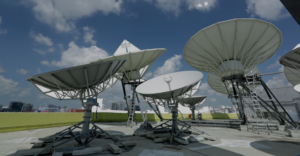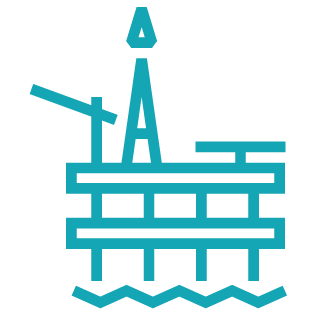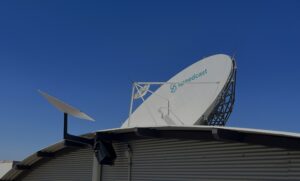Like other industries around the world, commercial maritime is going through an intense period of digital transformation. From paperless ports and predictive maintenance to fuel-consumption sensors and analytics, the opportunities to lower costs and improve productivity are enormous.
But unlike most industries, maritime’s critical assets are afloat, far from the ground-based networks that connect ports, factories and offices. Connecting seaborne digital devices and applications around the clock takes a complicated mix of VSAT, L-band satellite, LTE and Wi-Fi, varying with the vessel’s location. Managing it and keeping it cost effective is hard. In the time of COVID-19, it is also more important than ever. Trade flows have become more unpredictable. Regulations change from week to week to protect populations. And seafarers are spending extended time on board, increasing the need to connect with family and friends by video, social media and email.
Significantly Smarter Network Management
To meet these challenges, Speedcast developed a smarter network management system specifically for maritime called SIGMA. It consists of network devices on board and management services in our network and the cloud. In a single platform, it provides automatic management of our global network, turning many transmission paths into one wide area network. Its powerful dashboards give administrators end-to-end visibility into all remote sites and applications, and Virtual Machines let companies run their applications on the network, which reduces IT costs without sacrificing performance.
It includes integrated cybersecurity as a service with no extra hardware. So vessels stay securely connected, wherever they are, and critical applications keep working, whatever network they run on. Its roots may be in maritime, but SIGMA is finding a place in nearly every industry, from oil & gas and mining to NGOs, first responders and remote government sites. If it’s remote, it can be better controlled with SIGMA.
Today’s digital revolution is an extension of the same automation trends that business has pursued for a century. The difference today, for maritime, is that the communication networks making all this automation possible can be just as automated and efficient as the applications that run on them.



























